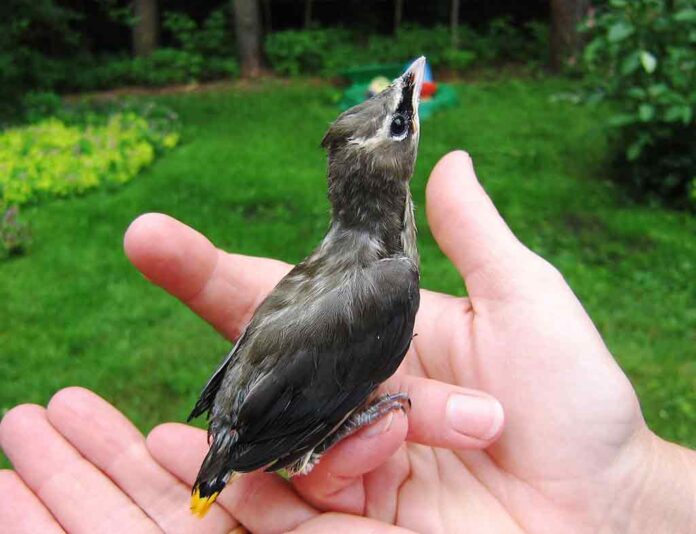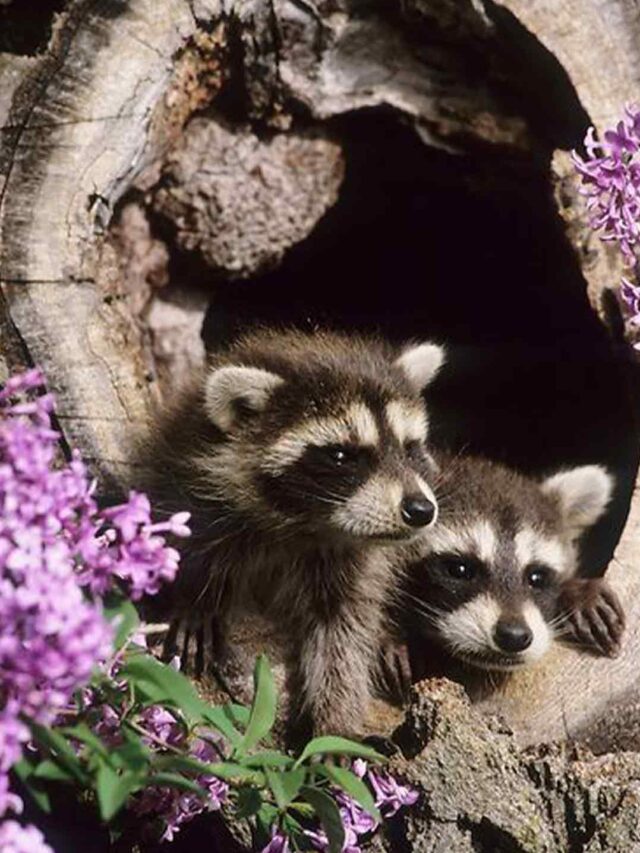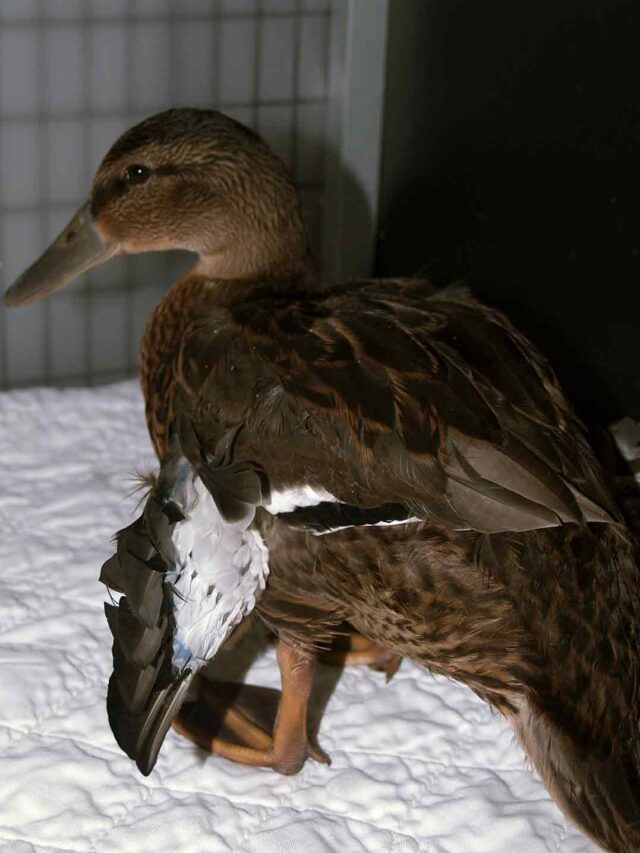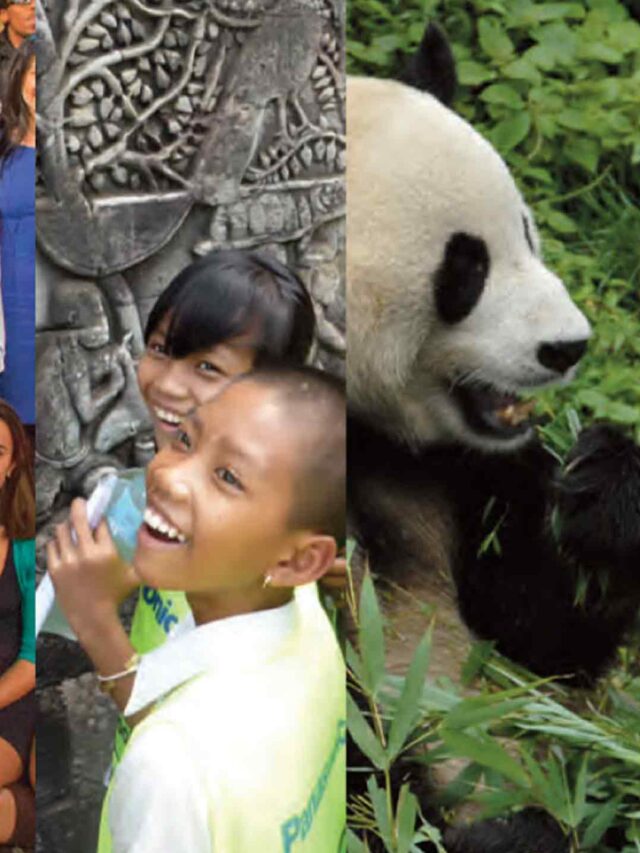
Wildlife rehabilitation United States is a critical aspect of conservation efforts aimed at protecting and preserving native wildlife species. With its vast and diverse ecosystems, the U.S. is home to a wide variety of wildlife, including birds, mammals, reptiles, and amphibians. However, human activities such as habitat destruction, pollution, climate change, and wildlife trafficking pose significant threats to many species, leading to injuries, illnesses, and other challenges that require intervention.
Table of Contents
The Role of Wildlife Rehabilitation Centres
Wildlife Rehabilitation in the United States centres play a pivotal role in caring for injured, sick, or orphaned wildlife and providing them with medical treatment, rehabilitation, and eventual release back into their natural habitats. These facilities are staffed by trained professionals and volunteers who are dedicated to the welfare of wildlife and the conservation of biodiversity.
Key Objectives of Wildlife rehabilitation United States
1. Rescue and Recovery
The primary objective of Wildlife Rehabilitation in the United States is to rescue and recover animals that have been impacted by human activities or natural disasters. This may involve rescuing animals from hazardous situations, providing immediate medical attention, and stabilizing their condition for further treatment.
2. Medical Treatment
Wildlife rehabilitation United States provide comprehensive medical treatment for injured or ill animals, including diagnostic tests, surgeries, medications, and rehabilitative therapies. Veterinarians and wildlife rehabilitators work together to develop individualized treatment plans tailored to the specific needs of each animal.
3. Rehabilitation and Conditioning
Once animals have received initial medical care, they undergo Wildlife Rehabilitation in the United States and conditioning to restore their health, strength, and natural behaviours. This may include physical therapy, exercise, behavioural enrichment, and socialization with conspecifics.
4. Release and Reintegration
The ultimate goal of wildlife rehabilitation is to release rehabilitated animals back into their natural habitats, where they can resume their wild behaviours and contribute to ecosystem functioning. Rehabilitation centres carefully monitor animals post-release to ensure their successful reintegration into the wild.
Challenges and Considerations
1. Funding and Resources
Wildlife rehabilitation centres often face challenges related to funding, staffing, and resources needed to provide quality care for wildlife. Limited financial support and reliance on donations can constrain the capacity of rehabilitation centres to meet the growing demand for their services.
2. Legal and Regulatory Compliance
Wildlife rehabilitation is subject to various laws, regulations, and permits at the federal, state, and local levels. Rehabilitation centres must comply with legal requirements related to animal welfare, rehabilitation practices, and release protocols to ensure ethical and responsible care.
3. Public Education and Outreach
Educating the public about wildlife rehabilitation and the importance of coexisting with native wildlife is essential for fostering understanding, support, and stewardship. Rehabilitation centres engage in outreach activities such as educational programs, public events, and social media campaigns to raise awareness and promote conservation efforts.
https://www.nwrawildlife.org/
Wildlife Ecology in the United States












